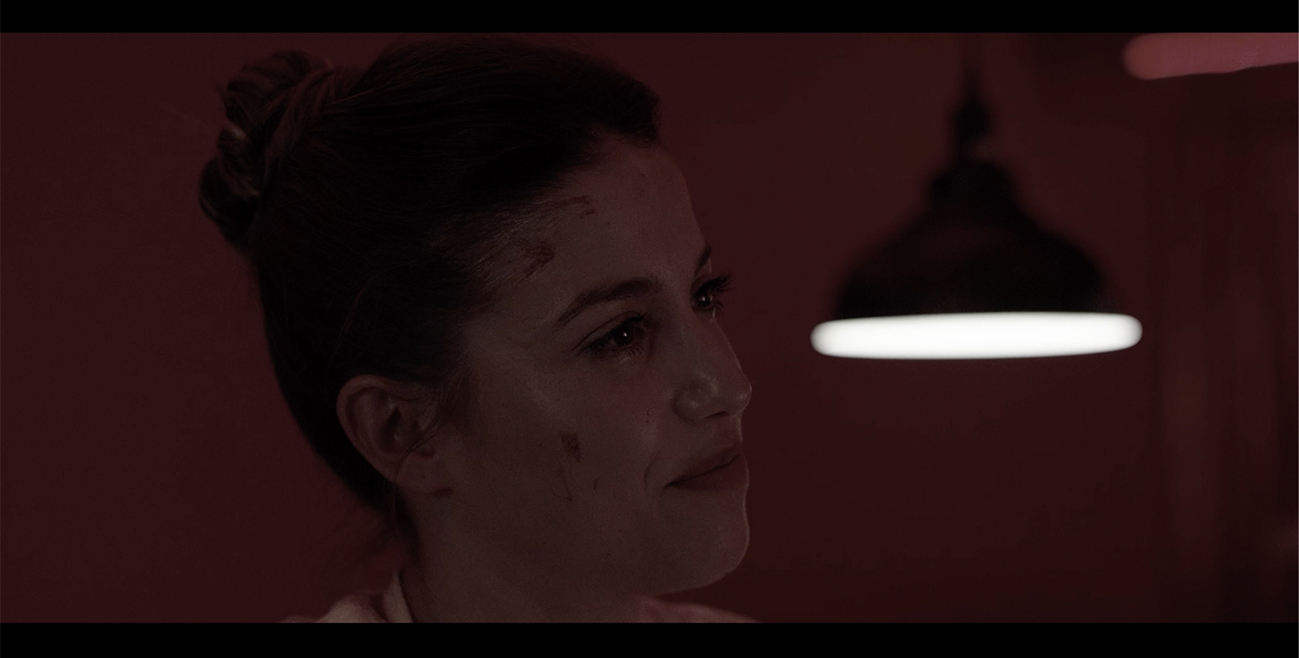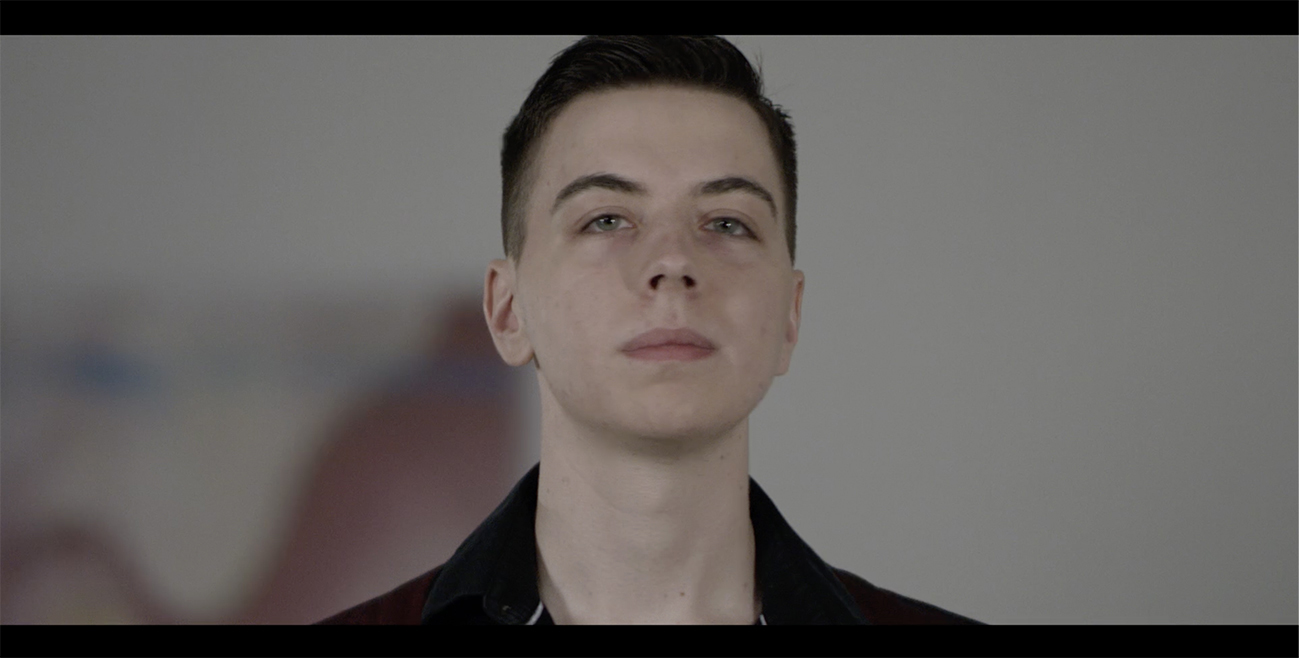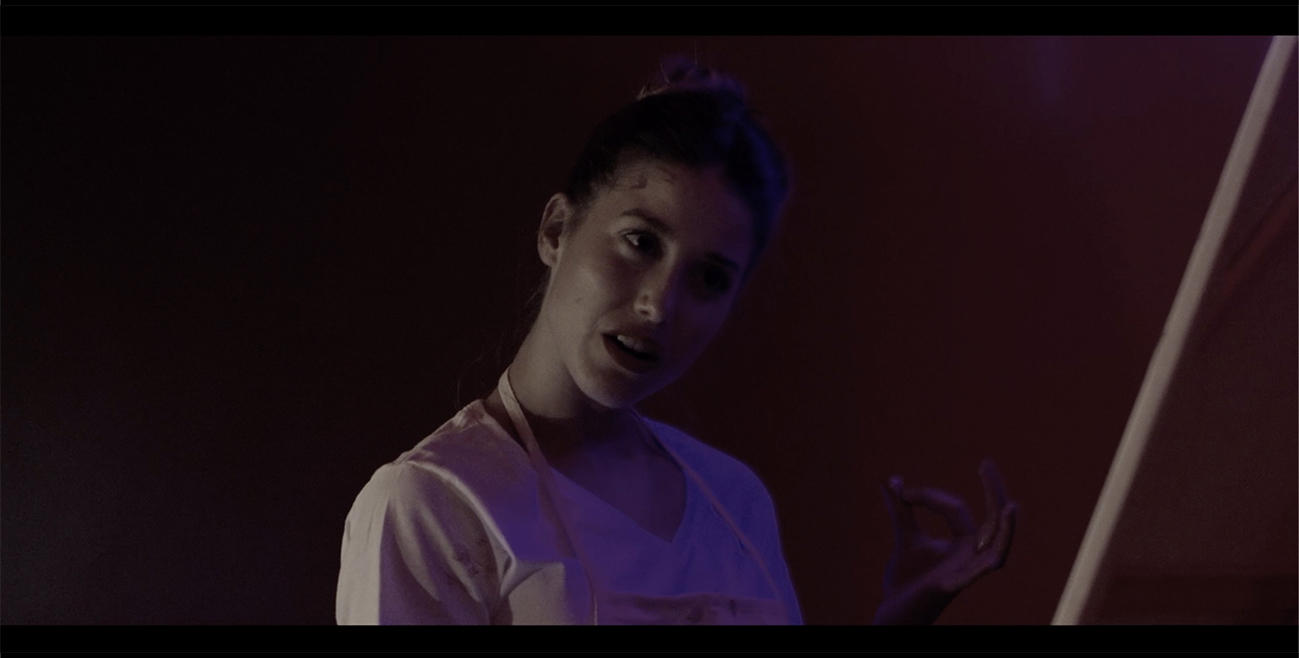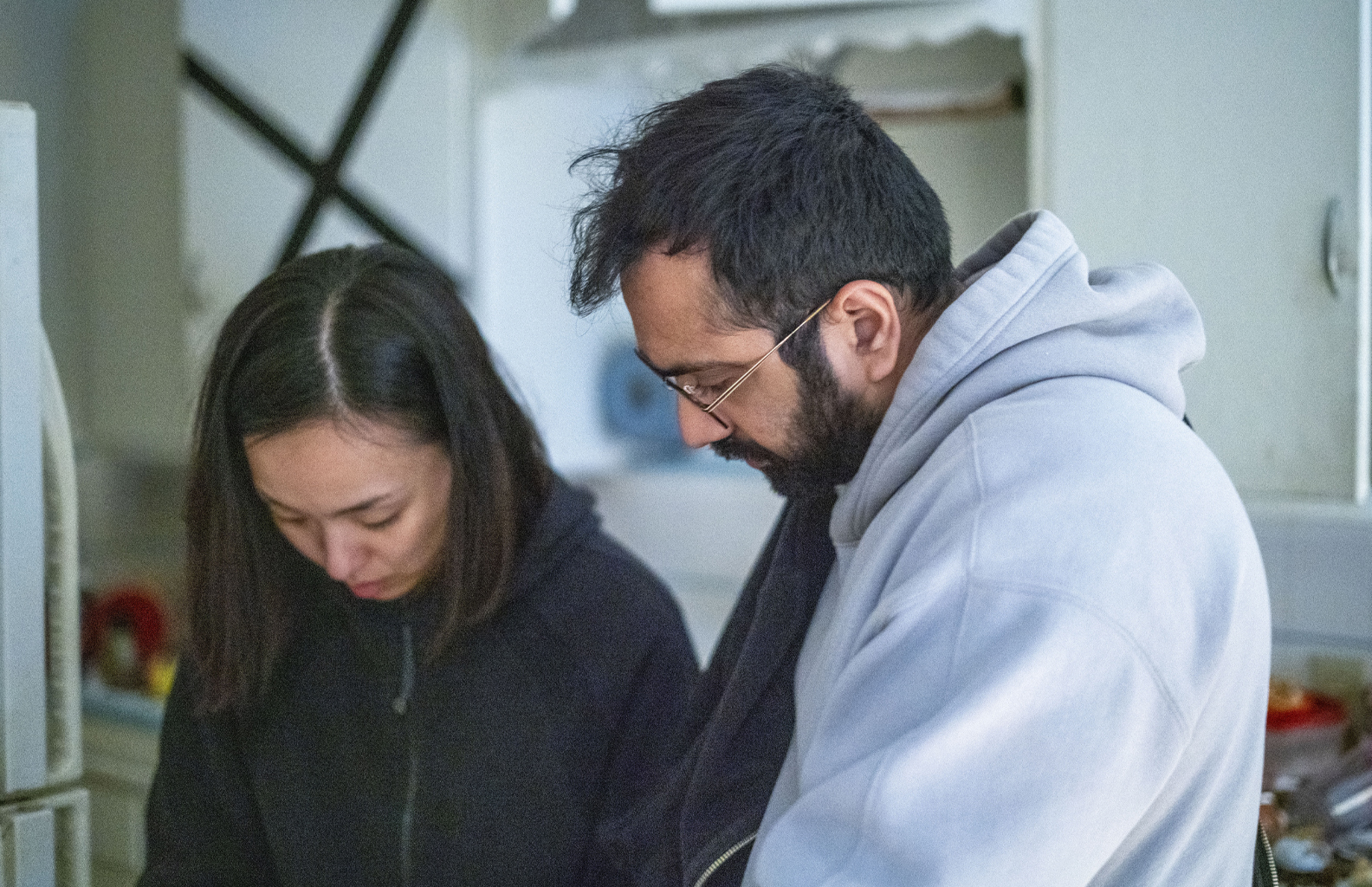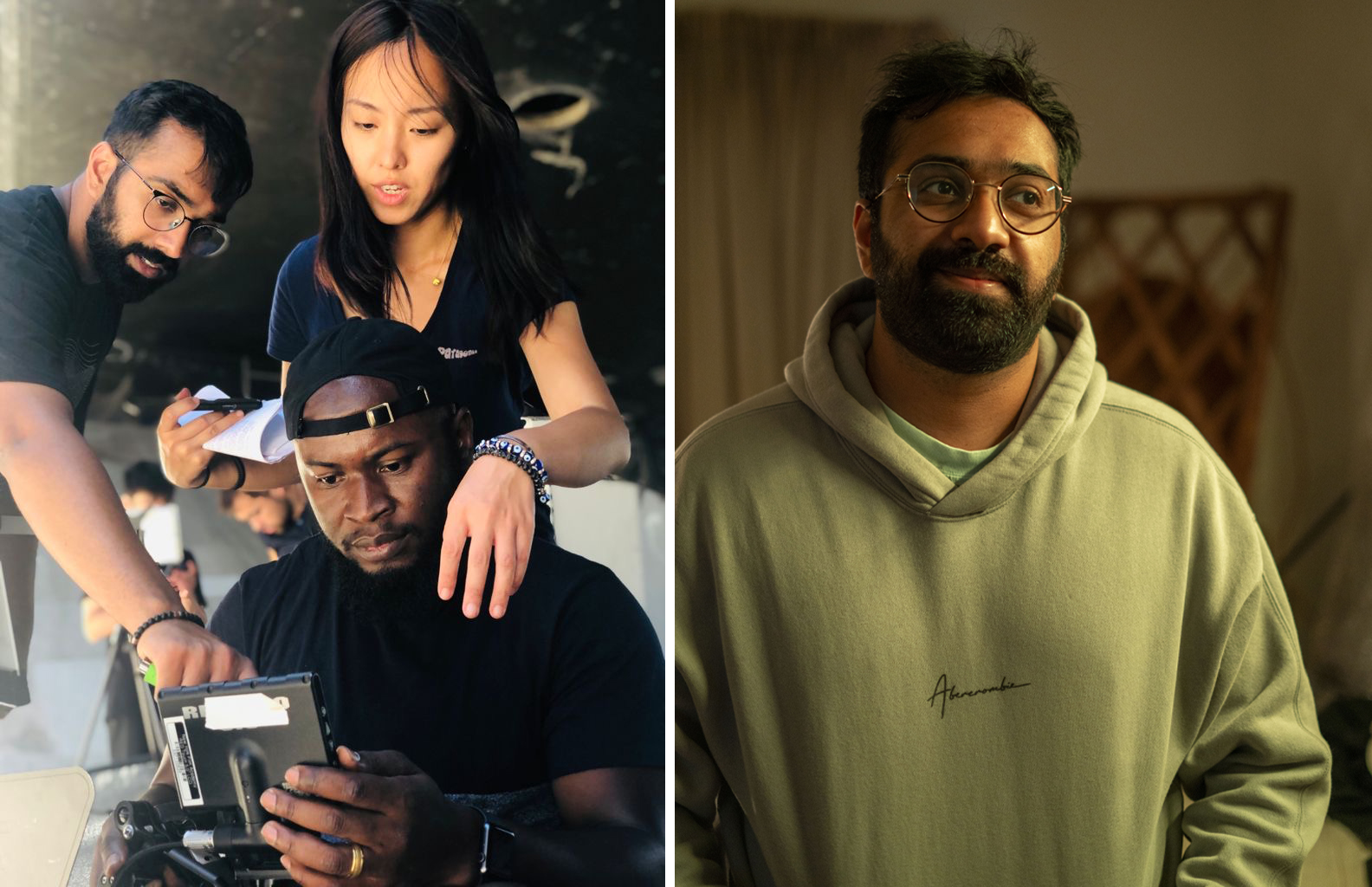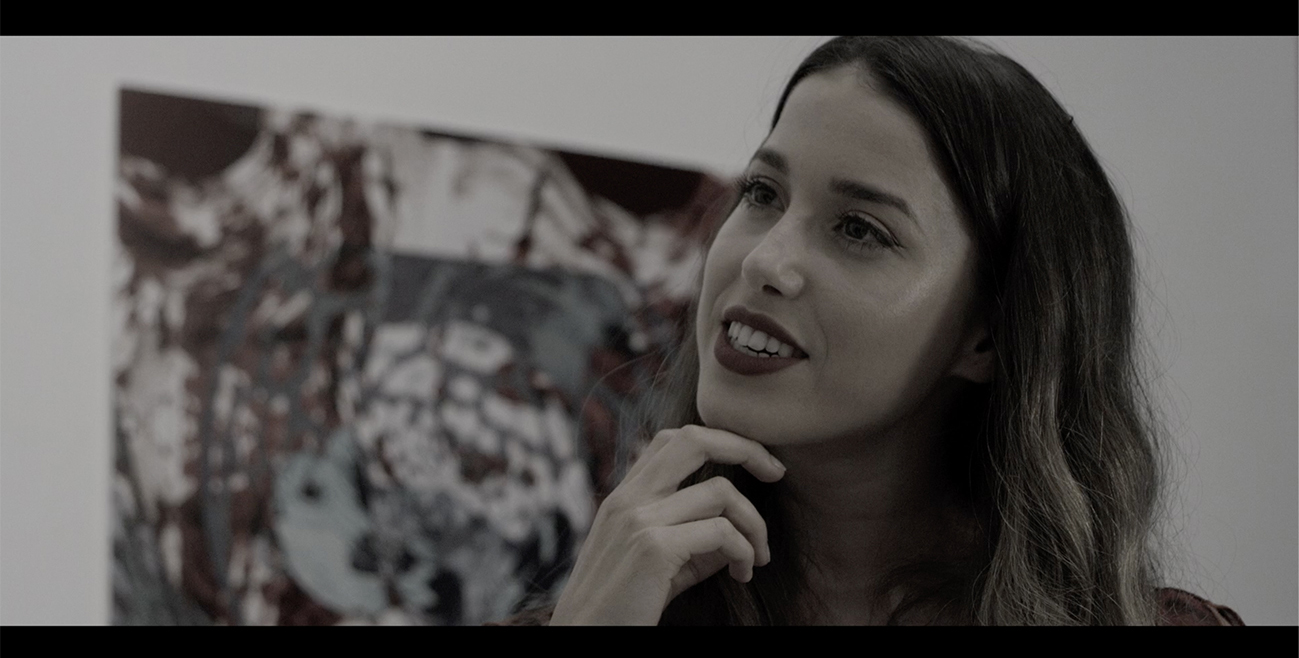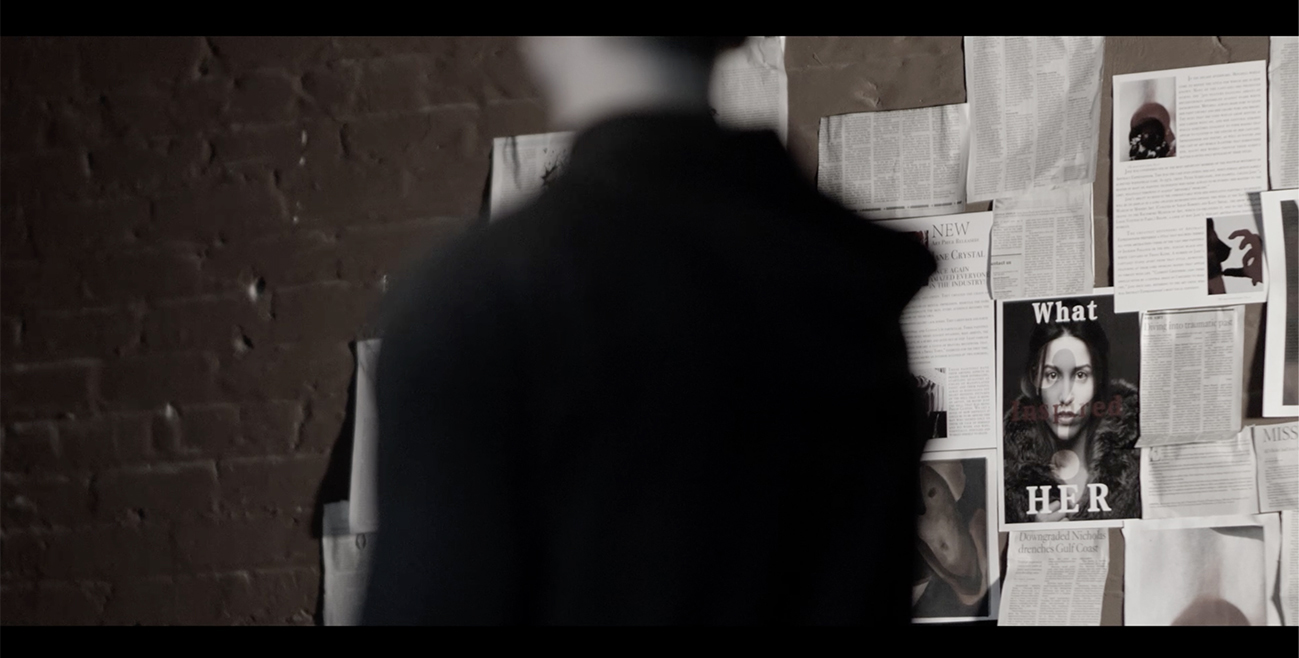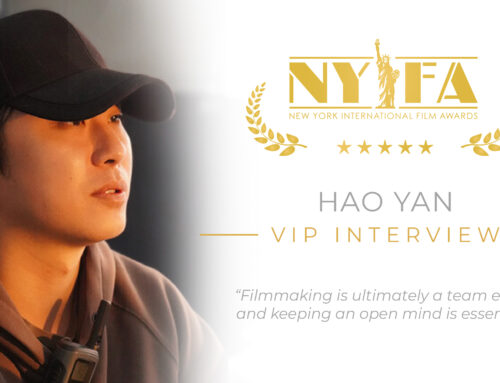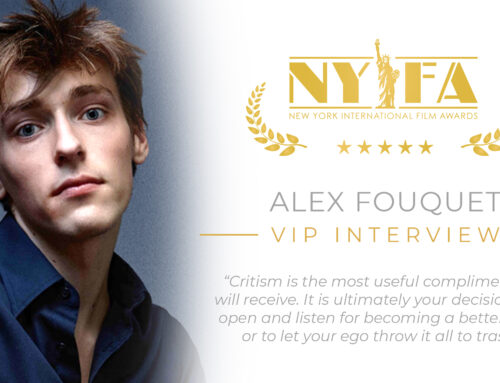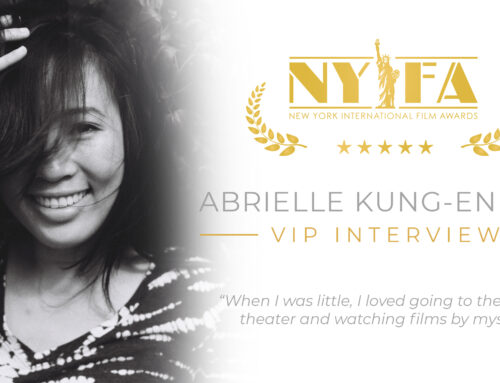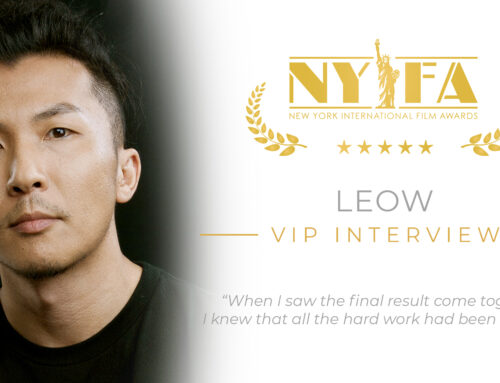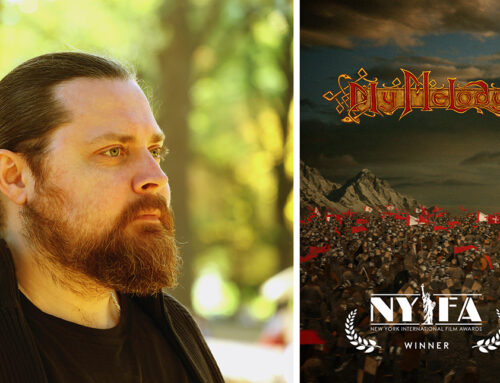VIP Interview with Nebal Shafi, writer, producer and director of the Short Film ‘Inspired’
Today, we introduce Nebal Shafi, a talented filmmaker born in South India, raised in Saudi Arabia and currently based in Los Angeles. In this interview, we introduce his latest project: “Inspired” and we dive right into the inspirations and creative choices behind this riveting short film.
The director Nebal Shafi and the official poster of ‘Inspired’
Hi Nebal! Could you tell us how your career as a filmmaker began?
Ever since I was a kid, movies have fascinated me. I’d watch them non-stop and chat about them with everyone I knew. Originally, I wanted to be a dancer, but that changed when I took a filmmaking elective during my Bachelor’s. My first movie, ‘Joanne’, somehow made it into two film festivals, which blew my mind and got me hooked. For the next three years, I churned out several short films, loving every moment of the creative process and seeing people enjoy the finished product. Looking back, I realize it’s the magic of cinema that drew me in—the way it can really touch people’s hearts and minds. That’s why I’m all in on being a filmmaker, particularly a producer.
You have a BA in journalism. How do you think your previous studies influenced your work as a filmmaker?
In college, I figured out that journalists always gotta stick to the facts, no matter what. That really stuck with me. And now, when it comes to making films, I think the same thing applies. People can totally sniff out lies in movies, so if you want your film to hit home, it’s gotta be real.
Many directors like to incorporate personal events or even make small cameos in their own movies. is there personal connection between the journalist character in the film and yourself, considering your background in journalism? Or do you add personal connections in your movies?
Honestly, yeah, I always throw in a piece of myself in each of my movies. Take “Inspired,” for example. I wanted to highlight the journey of a young journalist hustling to prove himself to his boss. Even the main character, he’s introverted and idolizes this Crystall figure. I wanted to explore the idea of meeting your hero and it not living up to expectations. I think that’s what makes the movie resonate with audiences—it’s something we’ve all felt at some point.
You are an international filmmaker, born in South India and raised in Saudi Arabia. How does your background influence your work as a director?
Growing up in two countries really opened my eyes to the world, especially in terms of culture. I saw firsthand how even though we’re all human, we can be so different yet so similar at the same time. It hit me that our similarities are what I want to emphasize in my films, making them more universally relatable.
When did you start writing the script and where did filming took place?
I began working on this script back in early 2021, and let me tell you, it was quite the journey. I went through about four drafts before we finally got around to shooting it in late 2021. The shoot itself was a real challenge—it was tight, and we were working with a minimal budget. In fact, it was my most ambitious project yet, and we really pushed the limits with what we had. By the time production wrapped, I’d pretty much maxed out my budget, leaving nothing for post-production. It wasn’t until late last year that I was finally able to wrap up the post-production work on “Inspired.”
The movie revolves around the theme of inspiration. What inspires you?
I find inspiration in ideas. For me, brainstorming and expanding on those ideas is where I shine. When this project first took shape, it was just a simple notion of an artist fixating on someone. But I didn’t want to go down the typical stalker movie route. I wanted something more profound. That’s when it hit me—I wanted the characters to mirror each other, but in two distinct stages of their careers. And then I kept building on. I think this part is what inspires me, one idea leading to another. It’s like a domino effect—I start with one concept, and before I know it, a whole world of possibilities unfolds before me.
How did you collaborate with the actors on set? Did you allow them space for improvisation, or did you prefer to rehearse scenes beforehand to achieve your envisioned outcome?
Absolutely, I’m a big believer in improvisation. I vividly recall the first rehearsal for this project—I set up a table, asked the actor to lie down, and scattered props around them. Then, I brought in the actress and simply told her to react naturally. That approach led to a lot of handheld, long-take shots. In fact, for the interior scenes, we captured everything in about 5 extended shots and the rest where filler shots. I find that working this way really allows the actors to tap into raw emotion and truly inhabit the scene.
The film blends elements of both thriller and horror genres. Could you elaborate on the reasoning behind this creative choice?
I’ve always had a deep appreciation for two genres, and naturally, I’ve been drawn to blending them together. For this film, in particular, I felt it was a perfect fit because the story starts off in one direction and then takes a sharp turn into a darker, horror tone. I wanted that unexpected twist to keep the audience on their toes and make them feel like they’re entering a whole new world. Mixing genres like this adds layers to the storytelling and keeps things fresh and exciting.
According to the color theory in film, color can affect us emotionally, psychologically, and even physically, it can build harmony or tension within a scene and bring, evoke mood, and set the tone. In Inspired the cinematography predominantly features a color palette of red and purple, which are often associated with desire, passion, danger, and war according to color theory. Was this choice deliberate, and if so, could you elaborate on its significance in evoking mood and setting the tone for the film?
The characters themselves were the inspiration behind the color choices of red and purple. I decided to use purple as Aaron’s color, representing his minimalistic nature, while red became Crystal’s color, reflecting her dominant personality. As the movie progresses and Aaron starts to transition into Crystal, I wanted to visually represent this shift by switching the colors. This not only highlights the different aspects of the two characters but also creates a sense of blending as they converge into one.
The soundtrack and sound effects in the film provided a sense of cutting-edge intensity. Could you tell us more about your approach when working on the soundtrack of the film?
I always had it in mind to incorporate three soundtracks: one for each of the main characters and one to underscore the emotional beats. I wanted to use the soundtrack strategically to evoke certain moments and memories for the audience, rather than relying on traditional flashback scenes. For instance, during the scene where Crystal reveals her backstory, the same soundtrack plays, emphasizing the significance of her emotional scar and how it shaped her as an artist. It’s a moment that defines her, yet she’s kept it hidden for so long. I believe this approach helps the audience to better understand the depth of the character and the journey she’s been on.
What have been some of the most unexpected challenges or surprises throughout the filmmaking process? Do you have any amusing anecdotes from behind the scenes that you’d like to share?
When I was writing “Inspired,” I aimed for a story with minimal locations to keep the budget tight. We ended up shooting the entire film in just three days. However, this made for a challenging shoot, especially when we had to tackle all the interior scenes in Crystal’s room in just one day, with a mountain of pages to get through. With such tight constraints, we could only afford to do a maximum of two takes, sometimes just one, before moving on. Luckily, the cast came prepared, and their performances in those limited takes were fantastic. To streamline the process and save time, we opted for handheld shots throughout. It was a grueling day for everyone involved, with the crew feeling the strain of the demanding pace and workload by the end.
If you got the opportunity to remake a classic, which one would you choose and why?
I’ve always had a dream to do a remake of “Rosemary’s Baby.” It’s a timeless classic, and I believe now is the perfect time for it. People seem to be moving away from the typical paranormal or jumpscare horror movies and leaning more towards situational horror—things that could actually happen or that people can relate to. Personally, I’ve always been fascinated by cult horror movies, and “Rosemary’s Baby” is definitely one of the finest examples out there.
Can you tell us about your current projects or what you’re working on at the moment?
Right now, I’m knee-deep in working on two feature films and a short film. One of the features, “The Back Benchers,” is in its final draft stage. It’s a light-hearted, feel-good drama that I’m really excited about. I’m also co-writing my second feature, a psychological horror film that’s shaping up to be quite intense. But my most current project is the short film titled “Flower.” I’ve been heavily involved in this one—I produced it, co-directed it, and co-wrote it with my long-time partner, Hyunjin Lee. “Flower” is definitely my most ambitious project to date, with a significantly higher budget. The story is deeply personal, unique, and layered with a powerful theme. We’re aiming to release it by the end of 2024, and I couldn’t be more excited about sharing it with the world.
Follow Nebal Shafi and his projects on:


